In Pictures: Northern Ireland Troubles
- Published
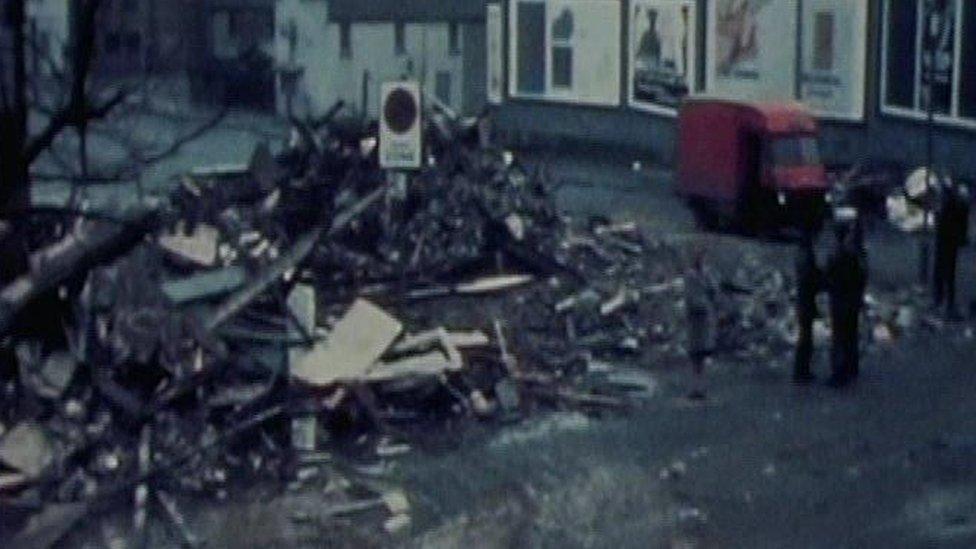
In December 1971 a loyalist bomb killed 15 people, all Catholic civilians, in McGurk's bar in north Belfast. A Historical Enquiries Team (HET) review of the police investigation into the bombing was completed last December.
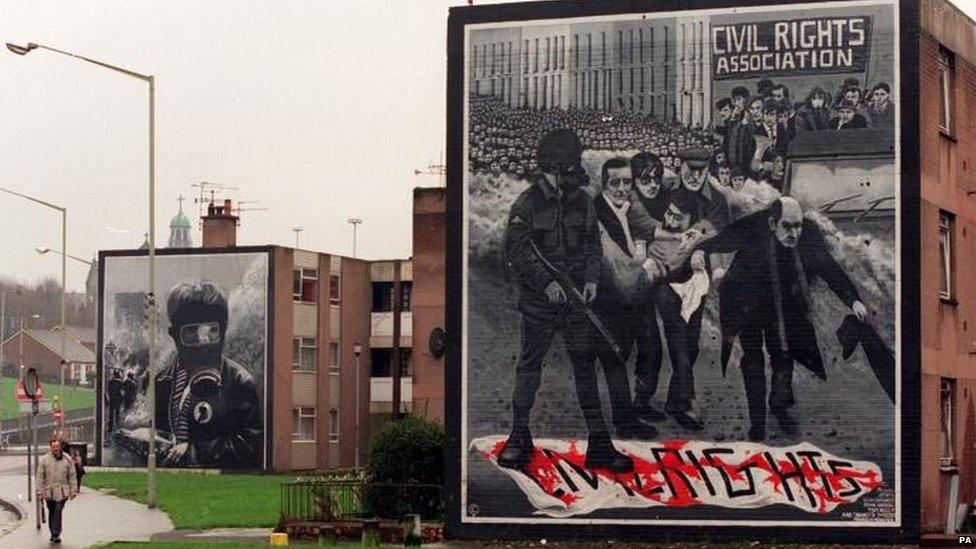
Events like Bloody Sunday are still commemorated in Northern Ireland not least in murals. In January 1972 British paratroopers opened fire on protestors, killing 13 men and injuring more than a dozen others, one of whom died later.

This image of Tom MacFarlane was taken shortly after a bomb attack in March 1972 killed two women and injured 130 people. Although no-one claimed responsibility for the attack on a crowded restaurant, the IRA is believed to have been responsible.
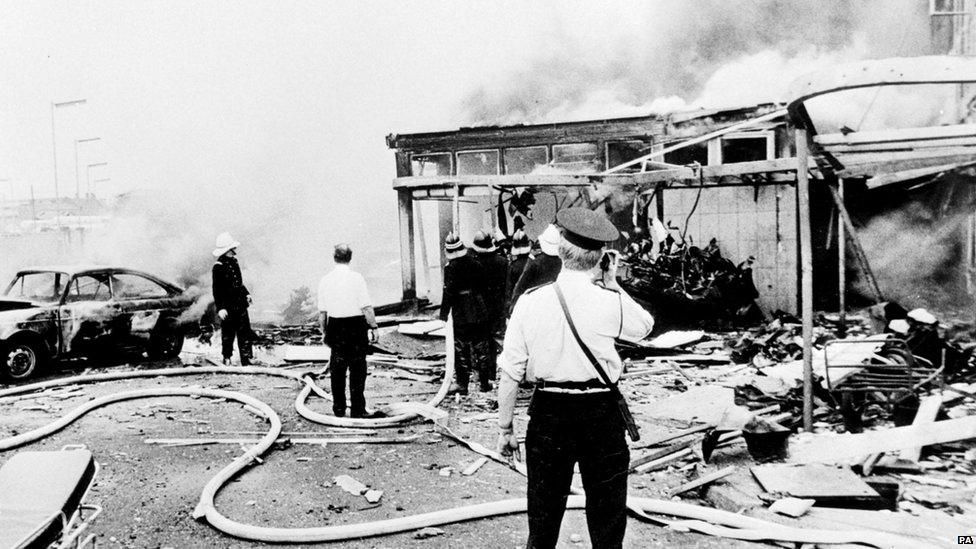
21 July 1972 became known as "Bloody Friday" after at least 20 bombs were planted and detonated by the IRA's Belfast brigade. Nine people were killed and more than 130 injured in the attacks.

Father James Chesney was suspected of taking part in an IRA bomb attack in Claudy which killed nine people on 31st July, 1972. In 2010 Northern Ireland Secretary Owen Paterson said he was "profoundly sorry that Father Chesney was not properly investigated... and that the victims and their families have been denied justice".
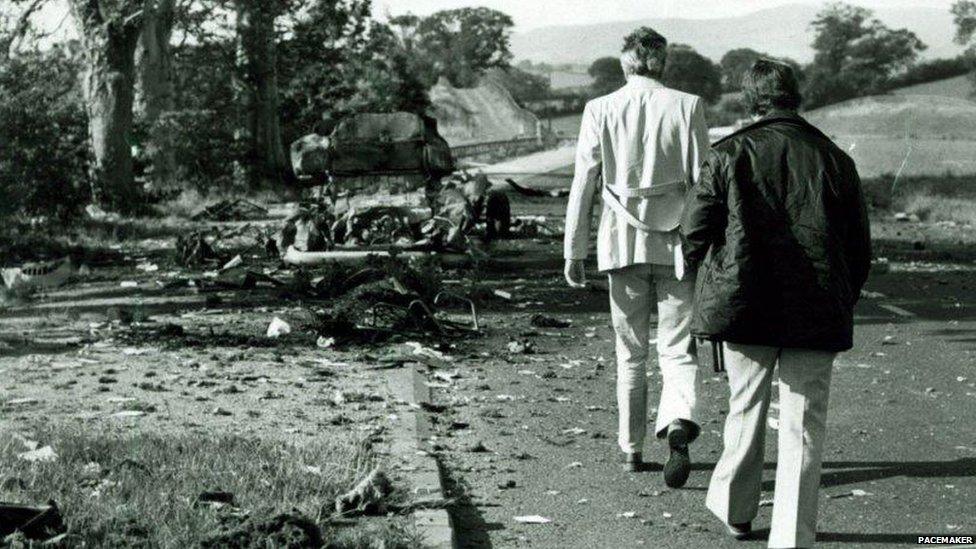
The Ulster Volunteer Force shot dead three members of the popular Miami Showband in July 1975 on a country road after a gig in County Down. Two of their attackers also died when a bomb they were planting on the band's van exploded prematurely.
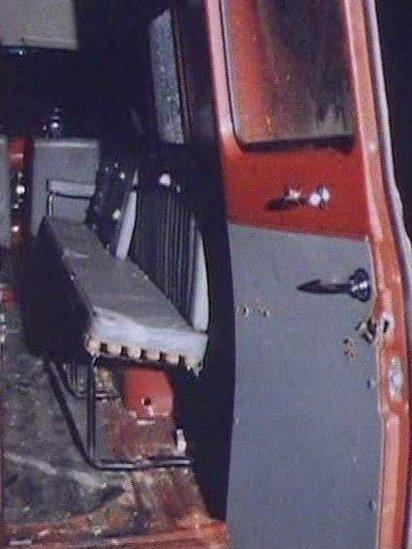
In January 1976 gunmen stopped a minibus carrying textile workers home in rural County Armagh. Eleven Protestant workmen were lined up and shot. A Catholic workman was unharmed and one other man survived despite having been shot 18 times.
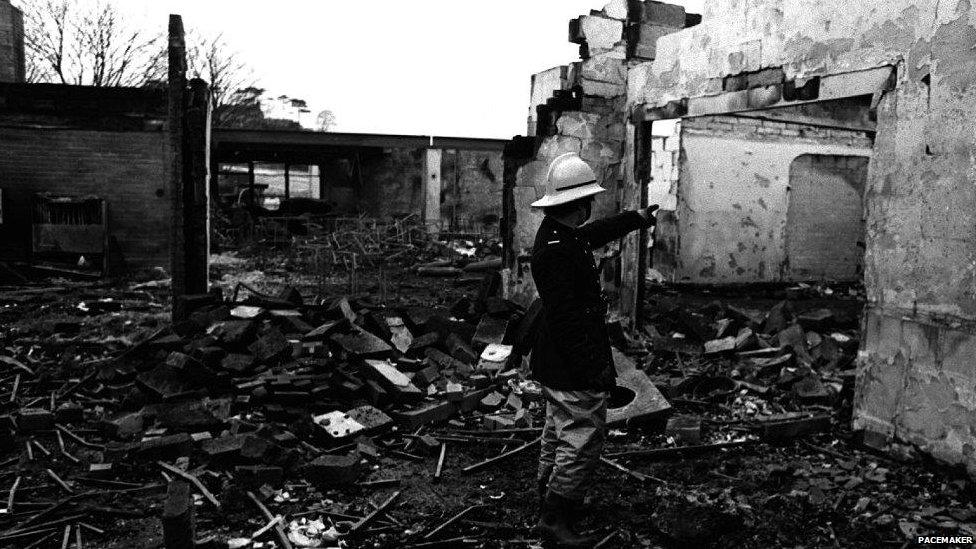
An IRA firebomb killed 12 people when it exploded in the restaurant of the La Mon Hotel on the outskirts of east Belfast in February 1978.

Items found left on the floors of the Mountain Lodge Pentecostal Church near Darkley, County Armagh. Three men were shot dead and others injured when republican gunmen attacked a church service in November 1983.
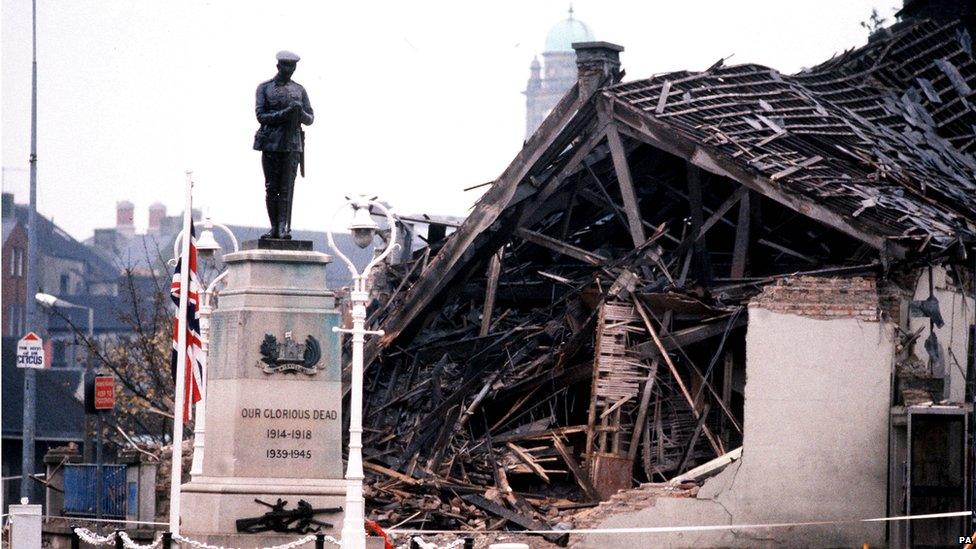
An IRA bomb targeting a Remembrance Day service at Enniskillen in County Fermanagh, killed 11 people in November 1987. The scale of condemnation prompted the IRA to release a statement the following day expressing their "deep regret" at the results of the blast.

The solicitor, Patrick Finucane, was murdered in his home in North Belfast on the evening of Sunday 12 February 1989 as he sat down for dinner with his young family. Last year the Prime Minister apologised for what he called "shocking levels of collusion" between the killers and security forces.
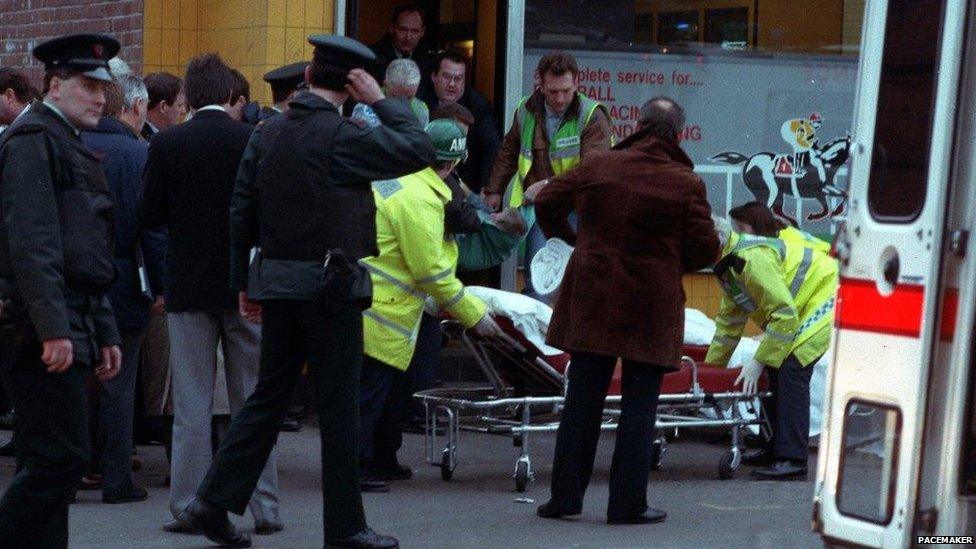
Four men and a teenage boy were shot dead on the Ormeau Road in south Belfast in February 1992. Gunmen from the loyalist Ulster Freedom Fighters burst into Sean Grahams bookmakers and opened fire.
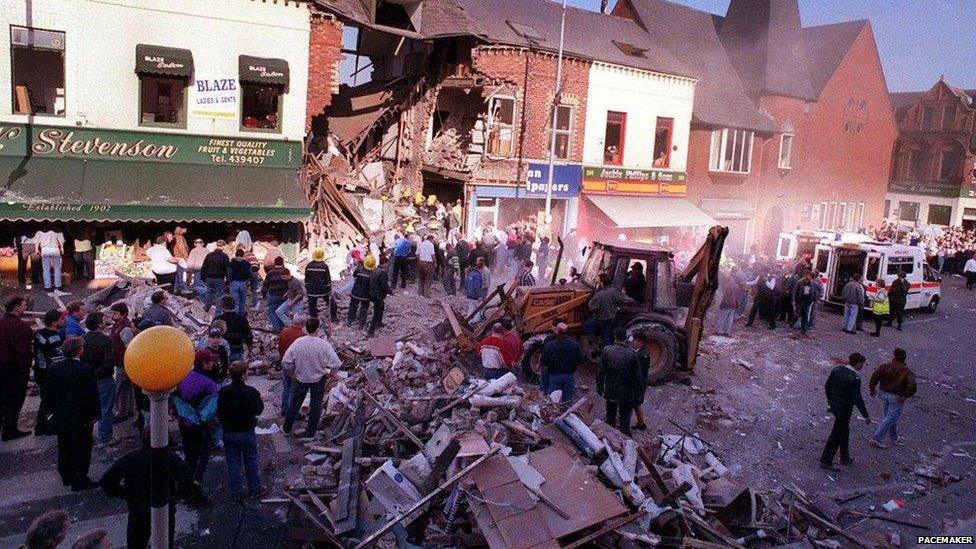
The Shankill Road bomb killed nine protestant civilians in Belfast in October 1993. One of the IRA bombers also died in the blast which destroyed Frizzell's fish shop on a Saturday afternoon.
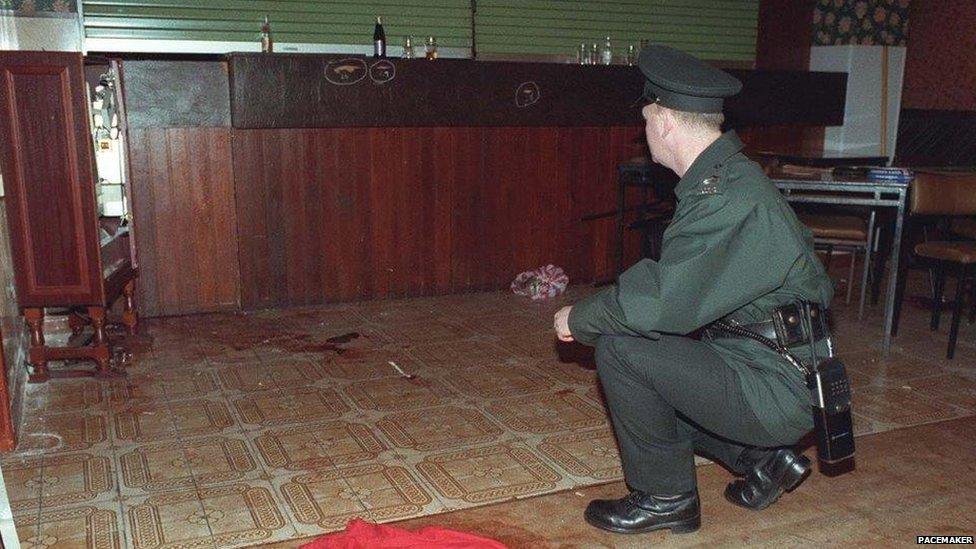
Ulster Defence Association gunmen shouted "trick or treat" as they entered the Rising Sun bar in Greysteel, County Londonderry, on Halloween 1993. Seven people were shot dead and another man later died from his injuries.
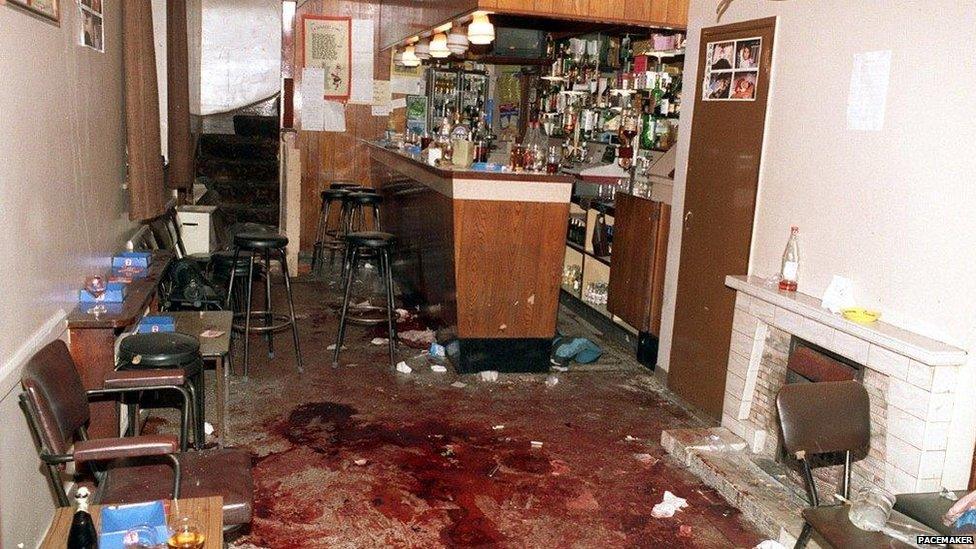
In June 1994 Ulster Volunteer Force gunmen shot dead six men in The Heights Bar in Loughinisland, County Down. The men were watching a World Cup football match. The oldest victim was 87-year-old Barney Greene.
- Published20 November 2013
- Published20 November 2013
- Published20 November 2013
- Published20 November 2013
- Published18 November 2013
- Published19 November 2013